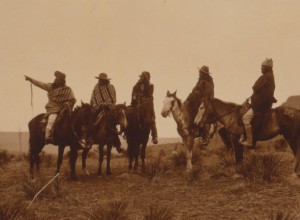In September 1886 the chiefs Geronimo and Naiche gave themselves with the few followers of him to General Nelson Miles of the Army of the United States and with it the so-called Apache Wars were officially ended. But in the wildest part of the Sierra Madre, in the so-called Jaguar mountains and in t




